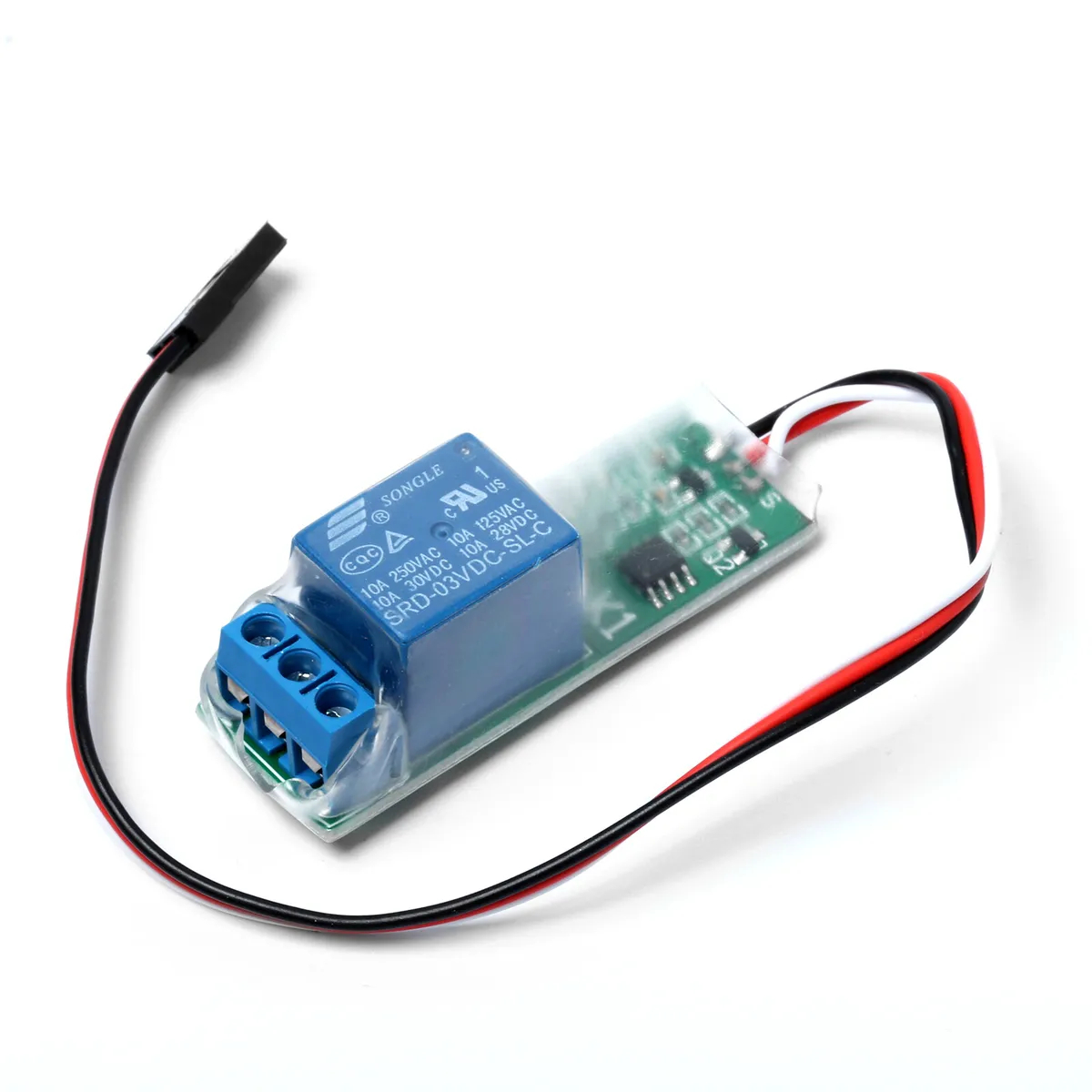Relays vs. Switches: Unveiling the Power of Control in Electrical Systems
3 min read
In the realm of electrical systems, the choice between using a relay or a switch is a crucial decision that can greatly impact the overall performance and functionality. While both devices serve the purpose of controlling the flow of electrical current, understanding the advantages of relays over switches is essential for optimizing system efficiency and reliability. In this article, we will delve into the intricacies of relays and switches, exploring why relays are often the preferred choice in various industries.
- Enhanced Electrical Isolation:
One of the primary reasons to use a relay instead of a switch is the superior electrical isolation provided by relays. Unlike switches, which directly connect or disconnect electrical circuits, relays utilize an electromagnetic coil to control the switching mechanism. This isolation ensures that the control circuit and the load circuit remain separate, minimizing the risk of electrical interference, voltage spikes, and other potential hazards. Consequently, relays offer enhanced protection for sensitive electronic components, making them indispensable in applications where isolation is critical, such as industrial automation, telecommunications, and medical equipment. - Ability to Handle High Currents and Voltages:
Relays excel in handling high currents and voltages, making them ideal for applications that require robust switching capabilities. Unlike switches, which may have limitations on the maximum current and voltage they can handle, relays can be specifically designed to accommodate a wide range of electrical loads. This versatility allows relays to be employed in demanding environments, including power distribution systems, motor control, and high-power lighting applications. - Flexibility in Control Signals:
Another advantage of relays is their flexibility in accepting various control signals. While switches typically require manual operation or direct electrical signals, relays can be activated by a wide range of input sources, including digital signals, analog signals, and even wireless signals. This versatility enables relays to seamlessly integrate with complex control systems, such as programmable logic controllers (PLCs) and microcontrollers, providing a higher degree of automation and control precision. Consequently, relays find extensive use in industries like automotive, aerospace, and home automation, where intricate control systems are prevalent. - Improved Reliability and Longevity:
Relays are renowned for their exceptional reliability and longevity, making them a preferred choice in critical applications. Unlike switches, which may suffer from contact wear and degradation over time, relays utilize electromagnetic switching mechanisms that are less prone to mechanical failure. Additionally, the electrical isolation provided by relays helps prevent contamination and corrosion, further enhancing their reliability. These factors contribute to the extended lifespan of relays, reducing maintenance costs and ensuring uninterrupted operation in industries such as power generation, transportation, and telecommunications.
Conclusion:
In conclusion, the decision to use a relay instead of a switch offers numerous advantages in terms of electrical isolation, handling high currents and voltages, flexibility in control signals, and improved reliability. The ability of relays to provide enhanced protection, accommodate demanding loads, integrate with complex control systems, and deliver long-lasting performance makes them indispensable in a wide range of industries. By understanding the unique capabilities of relays, engineers and designers can optimize the efficiency, safety, and functionality of electrical systems, ultimately driving innovation and progress in various fields.
